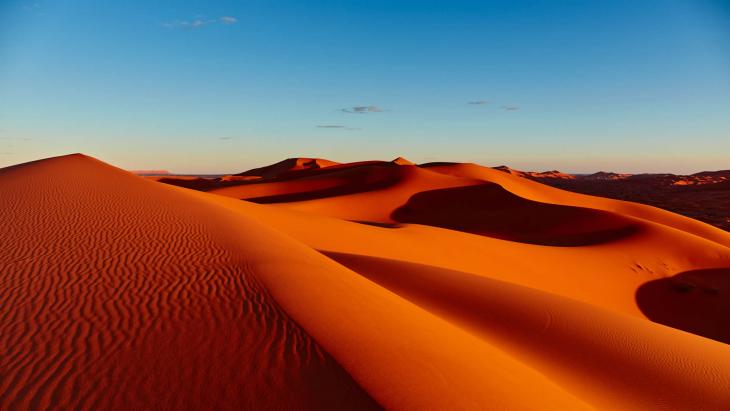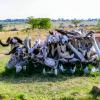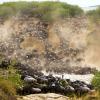10 Facts About the Kalahari Desert
In Southern Africa, the Kalahari Desert is a huge semi-arid sandy savannah. One of the most fascinating Kalahari Desert facts is that it is not a desert in the technical sense of the word because it receives too much rain - between 5 and 10 inches each year.
Any rain, on the other hand, passes quickly through the immense sand dunes, leaving nothing on the surface, transforming the Kalahari into the "thirstland." The name "Kalahari" comes from the Tswana words Kgala, which means "great thirst," or Kgalagadi, which means "a dry land."
A number of game reserves can be found in the Kalahari. These are some of them:
- Central Kalahari and adjacent Khutse Game Reserves in Botswana.
- Kgalagadi Transfrontier Park which combined South Africa's Kalahari Gemsbok National Park and Botswana's Gemsbok National Park to create Africa’s first Peace Park in 2000.
1. Is the Kalahari Desert hot or cold?
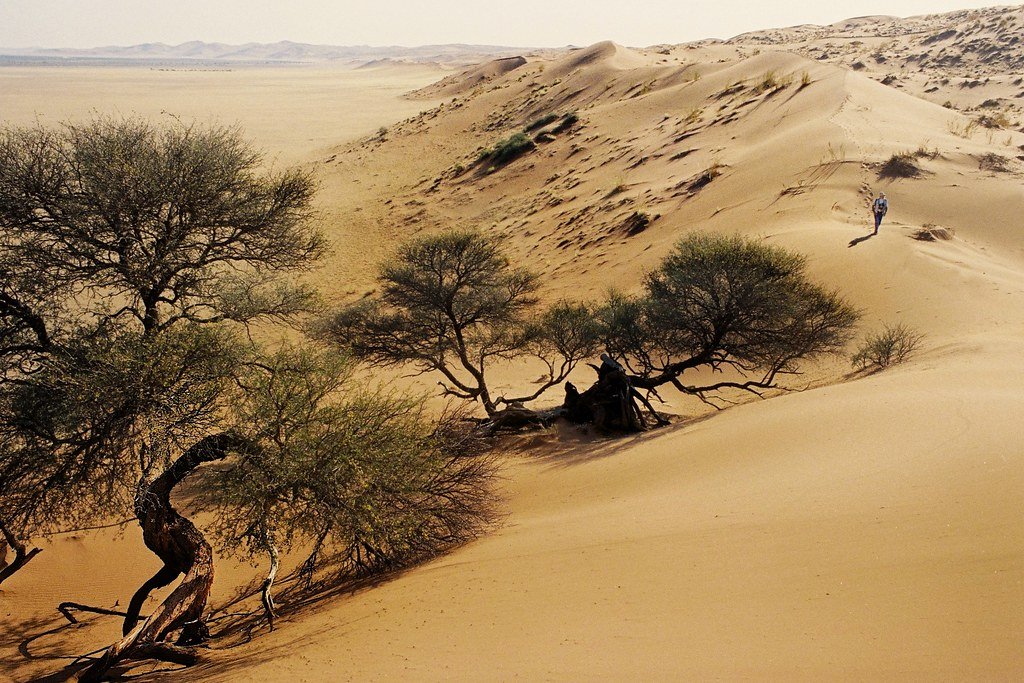
The Kalahari Desert has severe temperatures, with summers being scorching hot and winter temperatures dropping below 0 degrees Celsius at night. The Kalahari's relatively high altitude and usually clear, dry air contribute to this.
2. What is the temperature range in the Kalahari Desert?
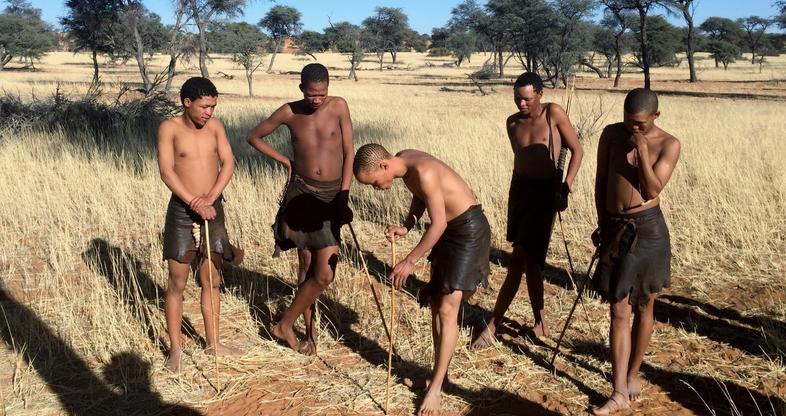
Temperatures in the summer can reach 45 degrees Celsius (115 degrees Fahrenheit), while lows in the winter can reach minus 15 degrees Celsius (seven degrees Fahrenheit).
3. How large is the Kalahari Desert?
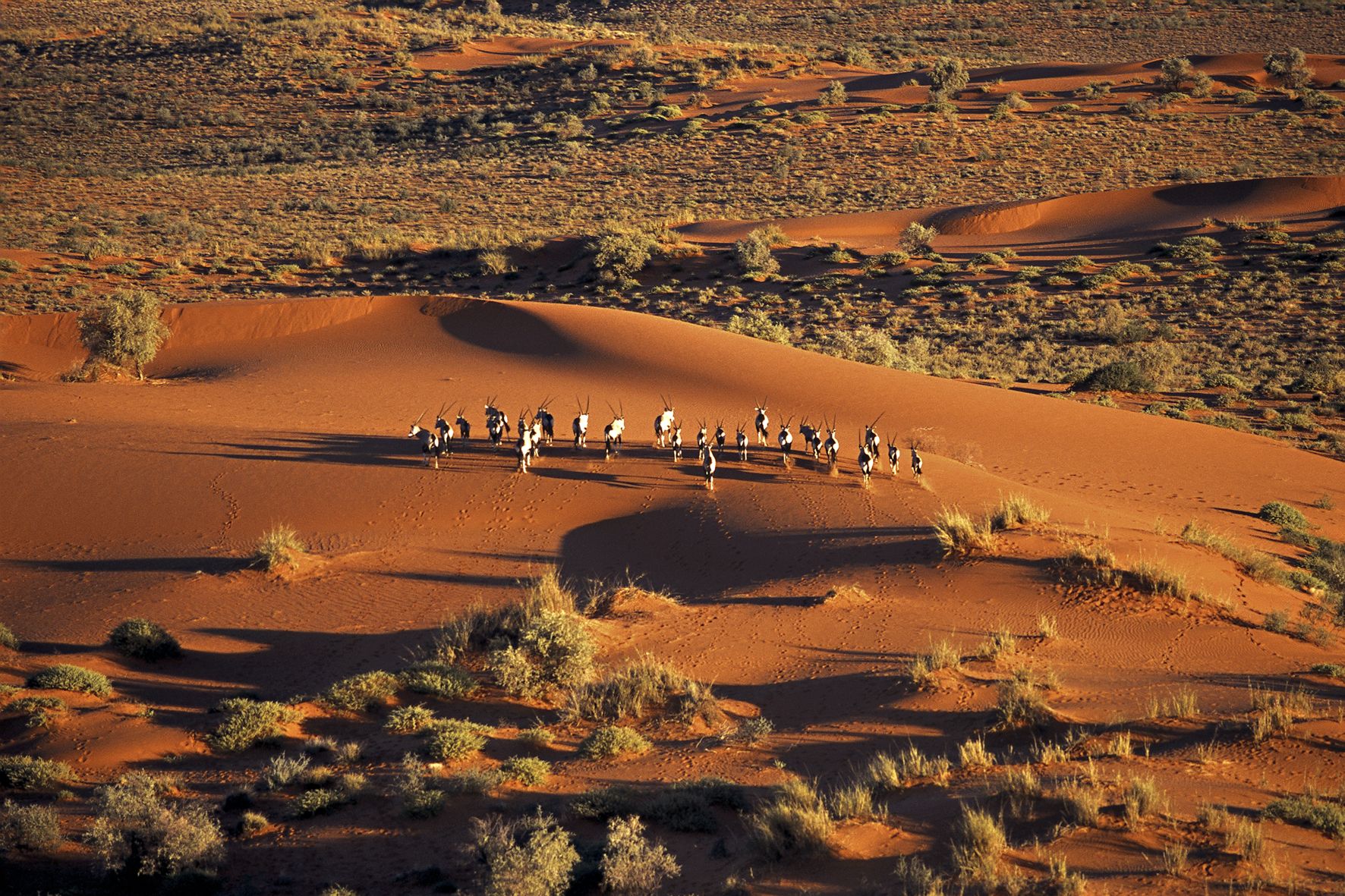
The Kalahari Desert is approximately 900,000 square kilometers in size (350,000 sq mi). It's a sand-covered plain with gentle undulations, and it's entirely at least 900 meters above sea level.
4. Why is the Kalahari a desert?
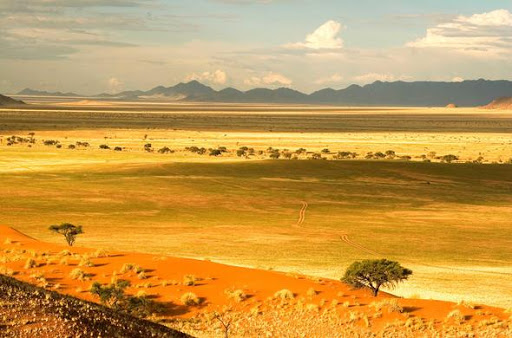
The fact that the Kalahari Desert is not a desert in the strictest sense is one of the most startling Kalahari Desert facts. It's a semi-desert environment. The driest parts get 110–200 mm (4.3–7.9 in) of rain per year, while the wettest get more than 500 mm (20 in) in particularly wet years.
A desert is traditionally defined as a region that receives fewer than 10 inches (250 mm) of rain each year. A desert is defined as a location where "the evaporation rate is twice as big as the precipitation rate." This is especially true in the Kalahari's southwestern part. The northeastern half, on the other hand, receives far more rainfall and hence cannot be classified as a desert; yet, it is completely devoid of surface water. This is due to the fact that rain drains quickly through the deep sands here, leaving the substrate totally dry.
5. What countries make up the Kalahari Desert?
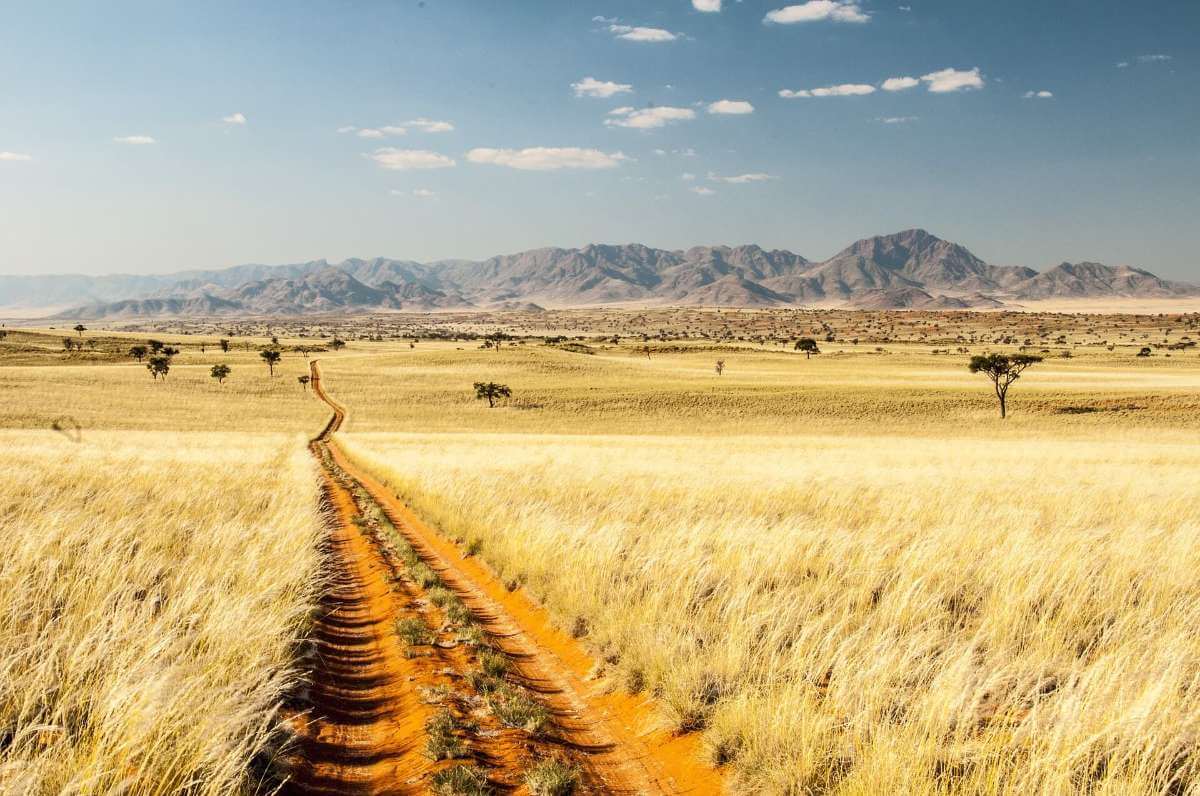
Much of Botswana, the eastern third of Namibia, and the northernmost part of South Africa's Northern Cape Province are covered by the Kalahari Desert.
6. What wildlife can be found in the Kalahari Desert?
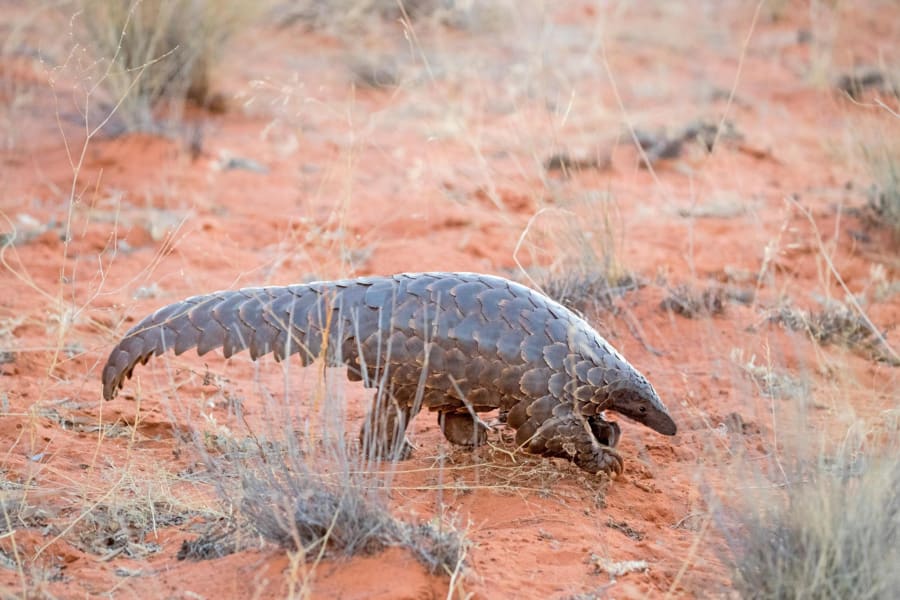
The Kalahari Desert's fauna must be able to withstand the harsh environment. The wildlife in the rainy north is more diverse and abundant than in the drier south.
Springbok, gemsbok (oryx), wildebeest, kudu, steenbok, and duiker are examples of arid-adapted game. Desert specialties such as meerkats, bat-eared foxes, cape foxes, and brown hyena can be found in the Kalahari. The fact that all three African big cats — cheetah, leopard, and the famed black-maned Kalahari lions – can be found in the Kalahari Desert is one of the more surprising Kalahari Desert facts.
The secretary bird, Kori bustard, ostrich, and a variety of birds of prey, such as the martial eagle, gigantic eagle owl, falcons, goshawks, kestrels, and kites, are among the birds of prey. Huge nests of friendly weavers dot the countryside, perched precariously on trees and telegraph poles.
The Kalahari is home to a variety of reptiles, including Cape cobras, puff adders, and a variety of lizard species. Surprisingly, some amphibians, such as the bushveld rain frog and the tremolo sand frog, may survive here. The frog chorus begins as soon as the rains hit, which is wonderful.
7. What kinds of plants are in the Kalahari Desert?

There are few trees or large plants in the drier south-western Kalahari Desert, only scattered drought-tolerant plants and grass tussocks. The Hoodia cactus grows here, and the San people have relied on it for thousands of years to quench their thirst and hunger. Tsamma melons and gemsbok cucumbers are two other edible plants found here that are consumed by both animals and humans.
With greater rain, the middle Kalahari contains more trees (including numerous Acacia species) and shrubs and grasses. Woodlands dominated by camelthorn acacias can be found in the wetter north and east. The camelthorn, which is only found in the Kalahari, is an important component of the desert environment, creating nutrients that help other plants to thrive around its base and providing shade for animals. Shepherd's tree, blackthorn, and silver cluster-leaf are some of the other trees that flourish in this area.
8. What type of desert is the Kalahari?
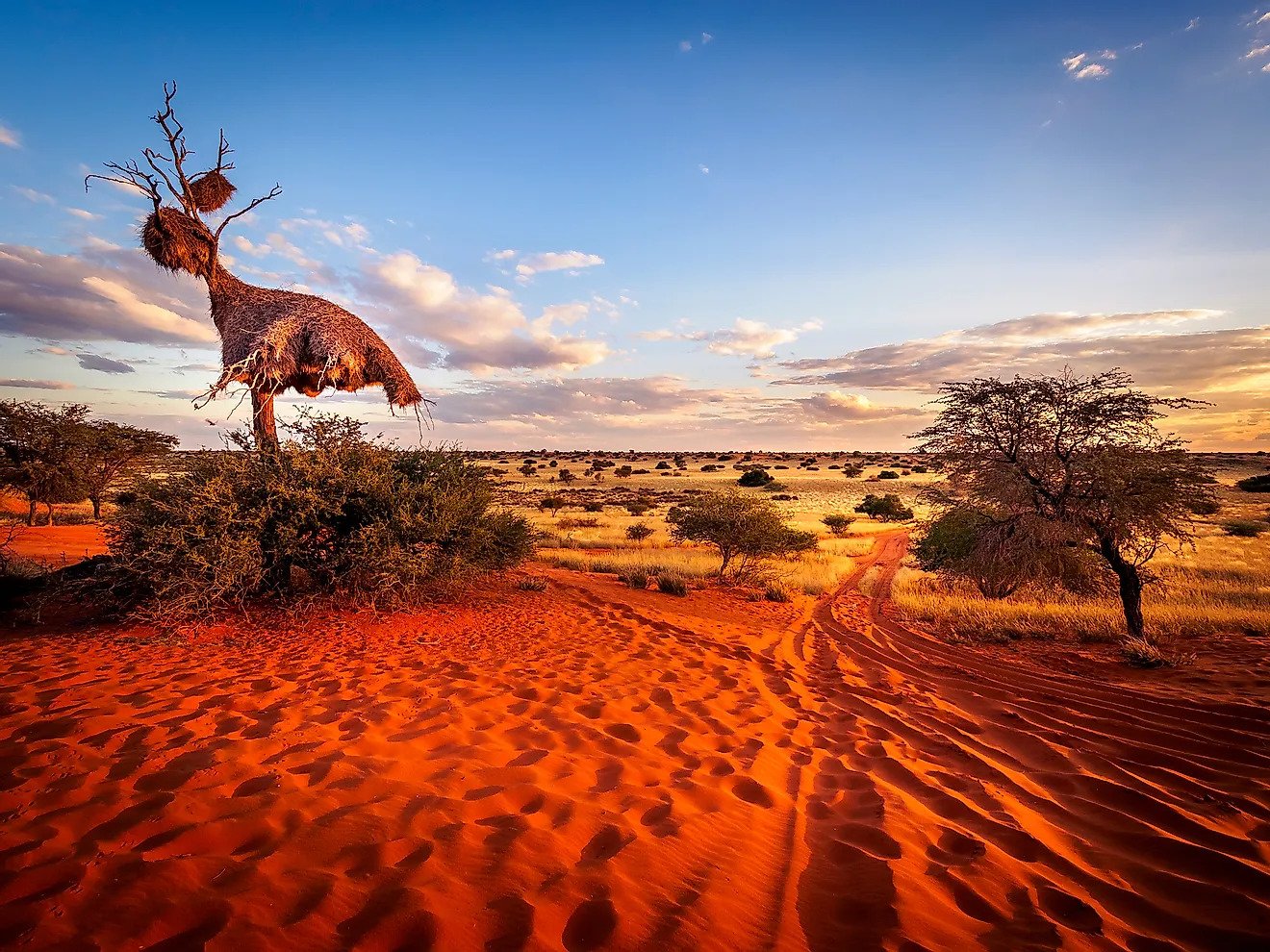
The Kalahari Desert is a vast semi-arid sandy savannah in southern Africa. Even if the Kalahari "desert" is dry enough to qualify as a desert in terms of low precipitation, it is not technically speaking a desert due to the dense ground cover.
9. How is the Kalahari related to African deserts?
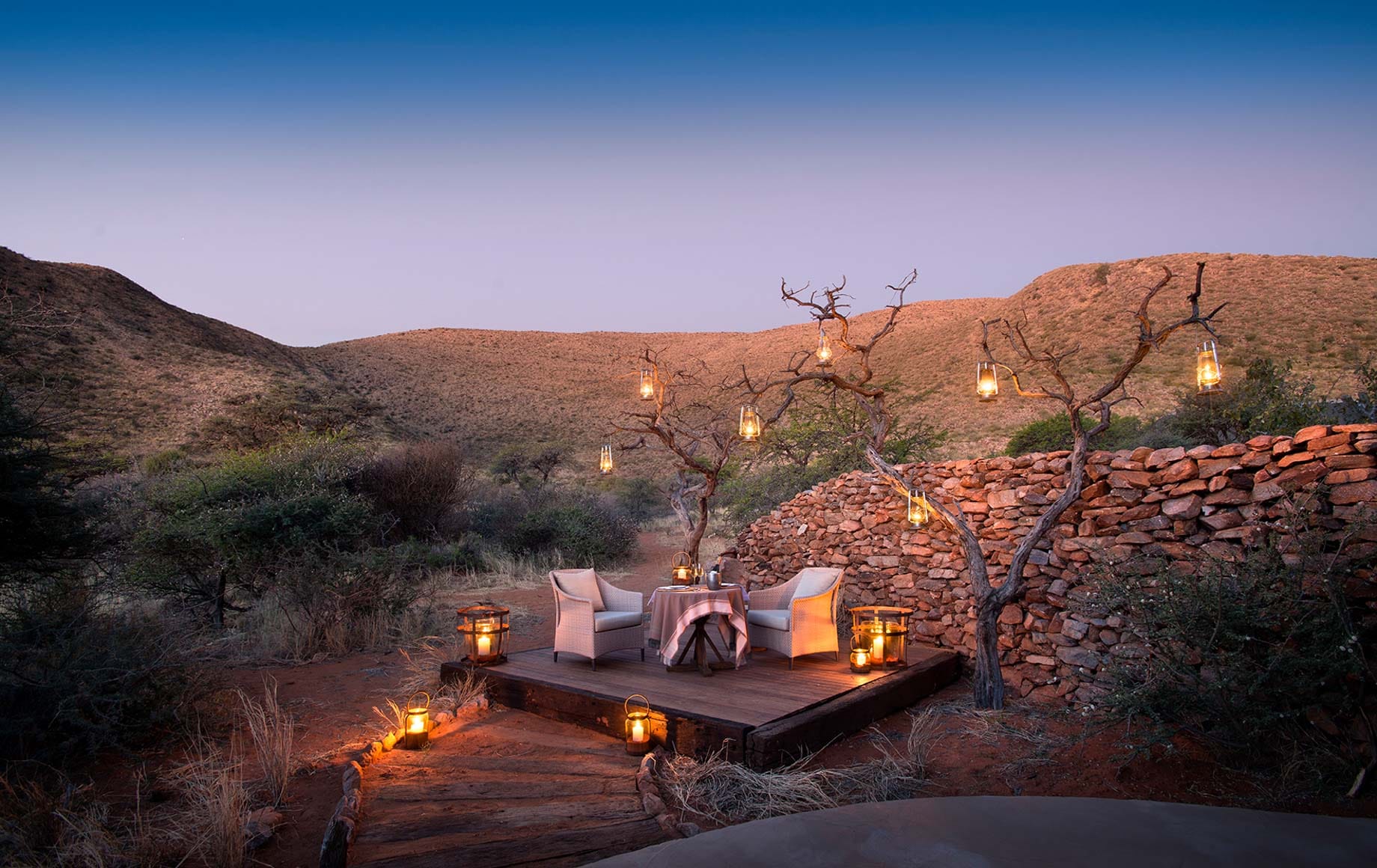
The Kalahari Desert is Africa's southernmost desert. It is the world's sixth largest desert by area and Africa's second largest after the Sahara. It merges with the Namib, Namibia's coastal desert, in the southwest.
10. Where is the Kalahari Desert located on a map?
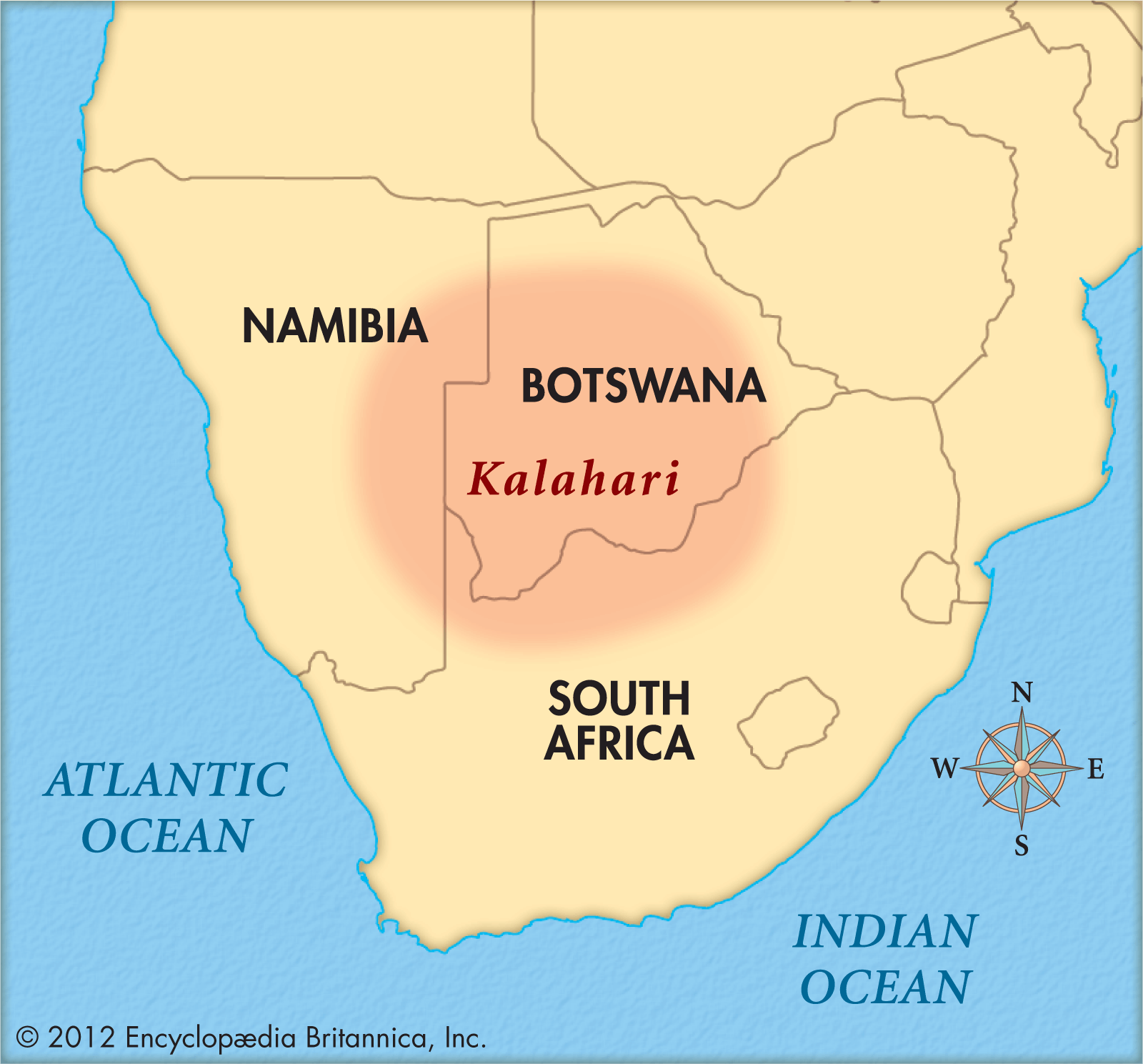
The Kalahari Desert is located in Southern Africa, and it spans much of Botswana, Namibia's eastern third, and South Africa's Northern Cape Province.
credits to Safari Bookings

